Did You Know That Uranus Was (accidentally) Discovered On This Day In 1781, The First Planet To Be Discovered

Did you know that Uranus was (accidentally) discovered on this day in 1781, the first planet to be discovered with the aid of a telescope? At first, British astronomer William Herschel thought the object in the sky to be a star or comet, but within two years, other astronomers showed it was a new planet orbiting the Sun. The ice giant is four times wider than the Earth and appears blue due to the methane in its atmosphere. Photo: NASA
More Posts from In-pursuit-of-knowledge-blog and Others

Scientists have figured out how to use nuclear waste as an energy source, converting radioactive gas into artificial diamonds that could be used as batteries.
These diamonds, which are able to generate their own electrical current, could potentially provide a power source for thousands of years, due to the longstanding half-life of the radioactive substances they’re made from.
“There are no moving parts involved, no emissions generated, and no maintenance required, just direct electricity generation,” says geochemist Tom Scott from the University of Bristol in the UK.
“By encapsulating radioactive material inside diamonds, we turn a long-term problem of nuclear waste into a nuclear-powered battery and a long-term supply of clean energy.”
Continue Reading.
How 250 Siberians Became the First Native Americans

The Americas are a big place, but the Native American group that first settled it was small — just about 250 people, according to a new genetic study.
These people, known as a founding group because they “founded” the first population, migrated from Siberia to the Americas by about 15,000 years ago, said study co-lead researcher Nelson Fagundes, a professor in the Department of Genetics at Federal University of Rio Grande do Sul, in Brazil.
Figuring out the size of founding groups is key, because it determines the amount of genetic diversity that gets passed on to the group’s descendants, Fagundes said.
That, in turn, could alter how effectively natural selection weeds out bad genes, Fagundes said.
“Large populations have very efficient selection, while in small populations, mildly deleterious alleles [versions of genes] can spread, which may increase genetic susceptibility to some diseases,” Read more.
Giving the survival mechanisms of animals to plants! It nears apotheosis!


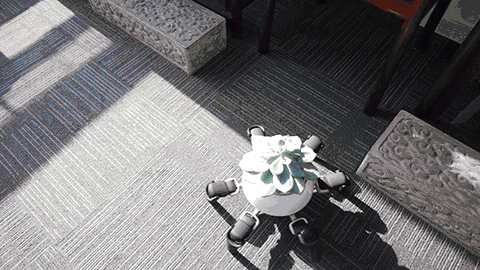
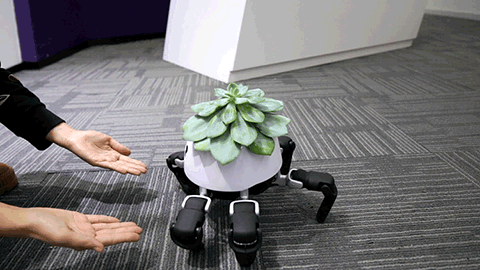

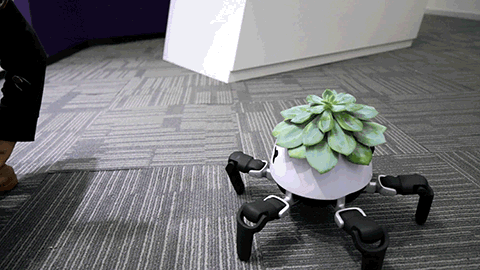
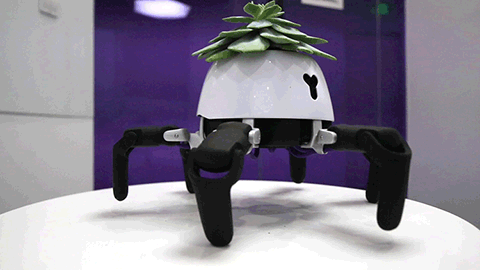
This adorable little robot is designed to make sure its photosynthesising passenger is well taken care of. It moves towards brighter light if it needs, or hides in the shade to keep cool. When in the light, it rotates to make sure the plant gets plenty of light. It even likes to play with humans.
Oh, and apparently, it gets antsy when it’s thirsty.
The robot is actually an art project called “Sharing Human Technology with Plants” by a roboticist named Sun Tianqi. It’s made from a modified version of a Vincross HEXA robot, and in his own words, it’s purpose is “to explore the relationship between living beings and robots.”
I don’t care if it’s silly. I want one.
:) <o) ( <- watermelon bagel, which catches the drips of watermelon juice so they don’t get on any important mineralogy notes)
Also being a scientist pretty much gives you a free pass to be as eccentric as you want like you’ll be at a conference and it’s like “is that guy wearing socks and sandals and plaid pants???” “Ya but he was on the team that discovered gravitational waves let him be”
Solar System: 10 Things to Know
Movie Night
Summer break is just around the corner. Hang a sheet from the clothesline in the backyard and fire up the projector for a NASA movie night.
1. Mars in a Minute

Back in the day, movies started with a cartoon. Learn the secrets of the Red Planet in these animated 60 second chunks.
2. Crash of the Titans

Watch two galaxies collide billions of years from now in this high-definition visualization.
3. Tour the Moon in 4K

Wait for the dark of the waning Moon next weekend to take in this 4K tour of our constant celestial companion.
4. Seven Years of the Sun

Watch graceful dances in the Sun’s atmosphere in this series of videos created by our 24/7 Sun-sentinel, the Solar Dynamic Observatory (SDO).
5. Light ‘Em Up

Crank up the volume and learn about NASA science for this short video about some of our science missions, featuring a track by Fall Out Boy.
6. Bennu’s Journey

Follow an asteroid from its humble origins to its upcoming encounter with our spacecraft in this stunning visualization.
7. Lunar Landing Practice
Join Apollo mission pilots as they fly—and even crash—during daring practice runs for landing on the Moon.
8. Earthrise

Join the crew of Apollo 8 as they become the first human beings to see the Earth rise over the surface of the Moon.
9. Musical Descent to Titan

Watch a musical, whimsical recreation of the 2005 Huygens probe descent to Titan, Saturn’s giant moon.
10. More Movies

Our Goddard Scientific Visualization Studio provides a steady stream of fresh videos for your summer viewing pleasure. Come back often and enjoy.
Read the full version of this article on the web HERE.
Make sure to follow us on Tumblr for your regular dose of space: http://nasa.tumblr.com.
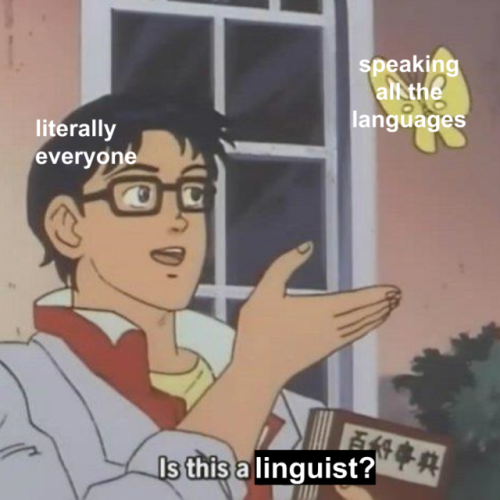
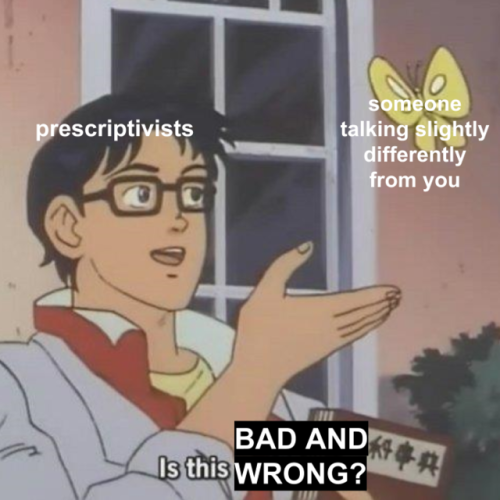
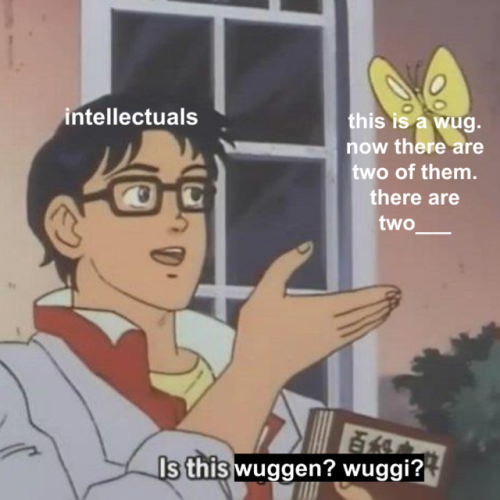
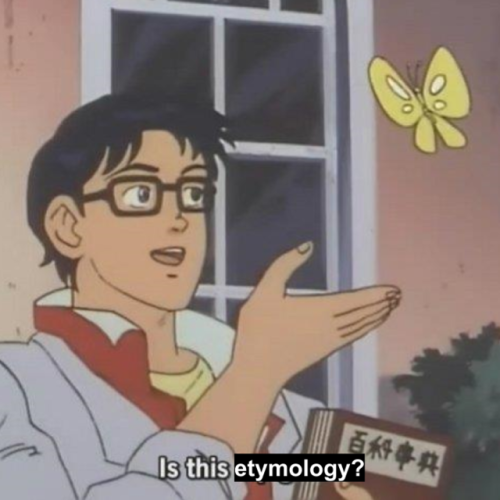
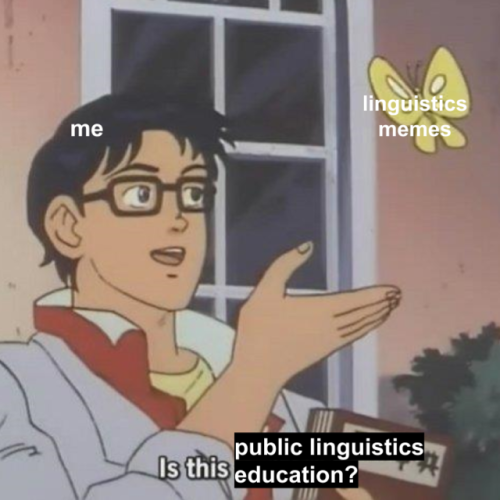
Linguistics takes on the “Is this a pigeon” meme.
The Fly (1958) is a very good and intelligent movie. Its characters are realistic and it’s an engaging and thought-provoking story (and the practical effects are good). [I’m going to spoil it now, but i really do recommend you watch it yourself.]
I take issue with the doctor’s reaction to his test results- not in how it was written, but with the man himself, fictional as he is. His motivations are not incomprehensible, and he’s not really in his right mind towards the end- I can even comprehend (though I wouldn’t do the same) wanting to destroy oneself rather than lose all agency. Having another conciousness take over your body is frightening (though I do think an imperfect solution could’ve been found with help). But the burned notes are a scarcely-addressed tragedy. The destroyed lab equipment, a nearly perfect teleporter, gone, seems to be the Fly’s doing, assuming the audience can judge this based on which arm acts. That is a great tragedy, but Doctor Delambre seems to be in control again when he burns his notes and his reasoning behind it is chaos! As if destroying his work would prevent the same thing from happening to a future scientist! He didn’t need anyone else’s input to make that mistake, so why should the next person need his? If he had the good sense to leave his research intact, it could be learned from, because that’s how science is supposed to work! You can’t publish results you know are wrong, and you can’t withhold results because they’re not the ones you wanted! What I’m saying is Andre singlehandedly (pun intended) deprived his world of teleportation technology because he had an accident. What a brilliant moron.
everyone should watch Atlantis: The Lost Empire. it really sparks wonder and curiosity towards other civilizations!, living and dead. (and Milo Thatch is very clever.)
After an extensive talk with a wonderful confidant of mine, I have concluded that “Neat!” is not an appropriate response to an earnest confession of emotions.
-
 rainwrapped liked this · 3 years ago
rainwrapped liked this · 3 years ago -
 lvheartsturtles liked this · 3 years ago
lvheartsturtles liked this · 3 years ago -
 stairwell-flowers reblogged this · 3 years ago
stairwell-flowers reblogged this · 3 years ago -
 stairwell-flowers liked this · 3 years ago
stairwell-flowers liked this · 3 years ago -
 daisy-mooon liked this · 4 years ago
daisy-mooon liked this · 4 years ago -
 ranglesentangles liked this · 4 years ago
ranglesentangles liked this · 4 years ago -
 donttalktomeimweird liked this · 4 years ago
donttalktomeimweird liked this · 4 years ago -
 stvr-shopping liked this · 4 years ago
stvr-shopping liked this · 4 years ago -
 redsodadrink liked this · 4 years ago
redsodadrink liked this · 4 years ago -
 orangeroamer liked this · 4 years ago
orangeroamer liked this · 4 years ago -
 sop-h liked this · 4 years ago
sop-h liked this · 4 years ago -
 aleksiej liked this · 4 years ago
aleksiej liked this · 4 years ago -
 topaz-stars liked this · 4 years ago
topaz-stars liked this · 4 years ago -
 catboynyas reblogged this · 4 years ago
catboynyas reblogged this · 4 years ago -
 vergeofinsanity liked this · 4 years ago
vergeofinsanity liked this · 4 years ago -
 rollingstonvd reblogged this · 4 years ago
rollingstonvd reblogged this · 4 years ago -
 not-of-earth liked this · 4 years ago
not-of-earth liked this · 4 years ago -
 alltheusernamesargon liked this · 4 years ago
alltheusernamesargon liked this · 4 years ago -
 mossworshipper liked this · 4 years ago
mossworshipper liked this · 4 years ago -
 nerdypeanuthoagiebanana liked this · 4 years ago
nerdypeanuthoagiebanana liked this · 4 years ago -
 howdoichooseonefandom liked this · 4 years ago
howdoichooseonefandom liked this · 4 years ago -
 calicojo liked this · 4 years ago
calicojo liked this · 4 years ago -
 queenofselfdestruction01 reblogged this · 4 years ago
queenofselfdestruction01 reblogged this · 4 years ago -
 somekindofloser liked this · 4 years ago
somekindofloser liked this · 4 years ago -
 blankliferain liked this · 4 years ago
blankliferain liked this · 4 years ago -
 lunasartonline liked this · 4 years ago
lunasartonline liked this · 4 years ago -
 strekozaaa reblogged this · 4 years ago
strekozaaa reblogged this · 4 years ago -
 choppedupsanity liked this · 4 years ago
choppedupsanity liked this · 4 years ago -
 lunadevilstar liked this · 4 years ago
lunadevilstar liked this · 4 years ago -
 david-brittlesbee liked this · 5 years ago
david-brittlesbee liked this · 5 years ago -
 ganooskidoo liked this · 5 years ago
ganooskidoo liked this · 5 years ago -
 trans-moth-man liked this · 5 years ago
trans-moth-man liked this · 5 years ago -
 lee-lee-la liked this · 5 years ago
lee-lee-la liked this · 5 years ago -
 reindeermars liked this · 5 years ago
reindeermars liked this · 5 years ago -
 lavieenscarlett liked this · 5 years ago
lavieenscarlett liked this · 5 years ago -
 kookcharm liked this · 5 years ago
kookcharm liked this · 5 years ago -
 mu-si-ca-l liked this · 5 years ago
mu-si-ca-l liked this · 5 years ago -
 zafirastarlight liked this · 5 years ago
zafirastarlight liked this · 5 years ago -
 rata-anarquista liked this · 5 years ago
rata-anarquista liked this · 5 years ago -
 mli6xy reblogged this · 5 years ago
mli6xy reblogged this · 5 years ago -
 lyselkatzhappynerding reblogged this · 5 years ago
lyselkatzhappynerding reblogged this · 5 years ago -
 princeberrie liked this · 5 years ago
princeberrie liked this · 5 years ago -
 astronautmutt liked this · 5 years ago
astronautmutt liked this · 5 years ago -
 astronautmutt reblogged this · 5 years ago
astronautmutt reblogged this · 5 years ago -
 chocolateengineeravenue liked this · 5 years ago
chocolateengineeravenue liked this · 5 years ago
Once I was made of stardust. Now I am made of flesh and I can experience our agreed-upon reality and said reality is exciting and beautiful and terrifying and full of interesting things to compile on a blog! / 27 / ENTP / they-them / Divination Wizard / B.E.y.O.N.D. department of Research and Development / scientist / science enthusiast / [fantasyd20 character]
162 posts

